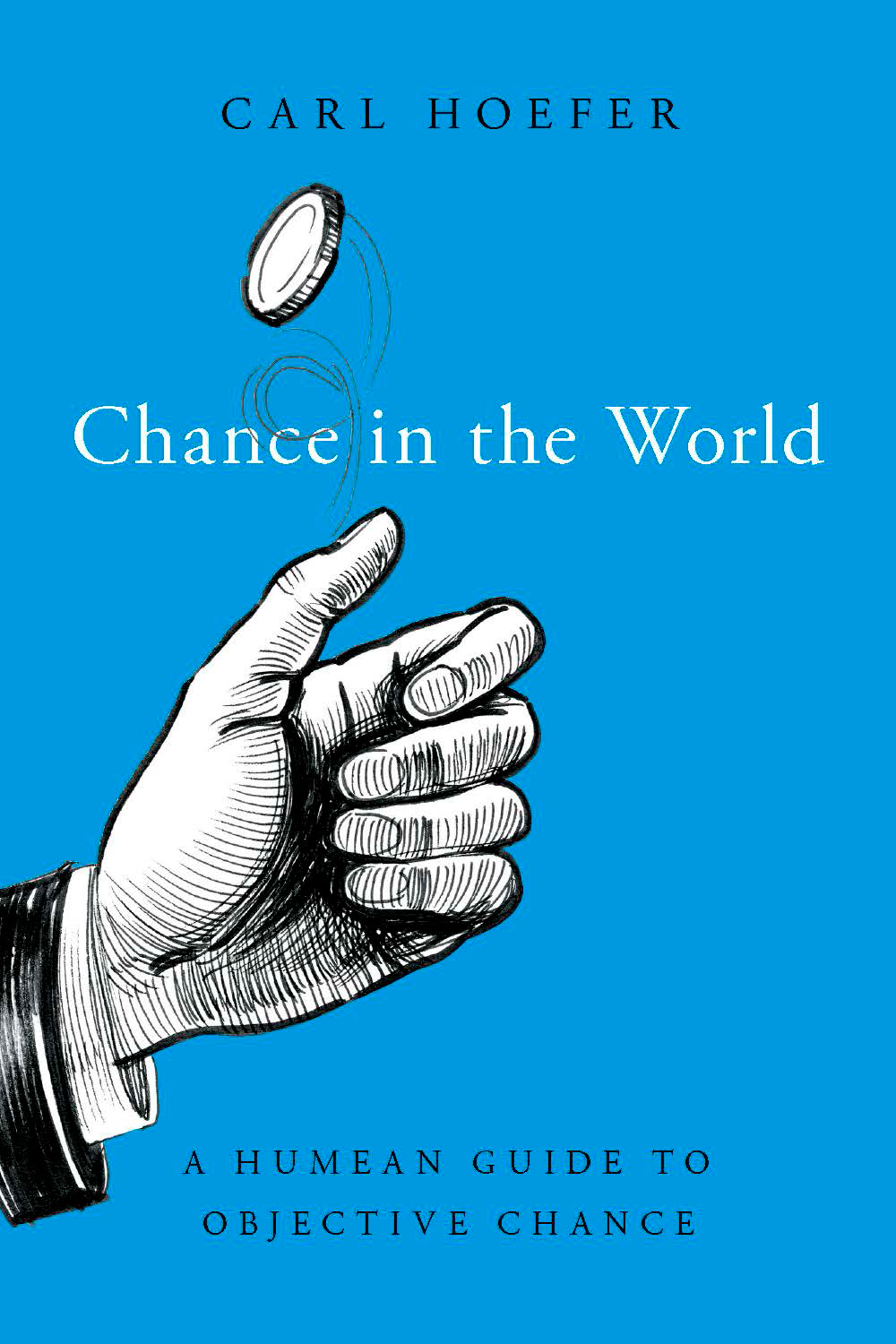Scientists as well as gamblers, insurance actuaries and government planners presuppose the existence of objective chances for certain types of events – for example, a uranium atom decaying, throwing snake-eyes on a craps table, or hospitalizations due to infections increasing by more than 5% in a year. But when we say that an event of type A has a chance of occurring of 28%, are we really saying something about the world, or rather just saying something about ourselves (that, perhaps, we have a level of expectation or confidence of 28% in an A-type event’s happening)? And if we are in fact saying something about the world itself, exactly what are we saying? What sort of fact is a chance-fact? How can one distinguish a world in which A-type events have 28% chance from a world in which they have 35% chance?
Culminating many years of thinking and development, Carl Hoefer’s book Chance in the World (Oxford University Press) offers definitive answers to questions such as these. Hoefer argues that objective chances are pattern-facts, that is, facts about the overall patterns that are discernible in the totality of events that take place in the world. Hoefer’s theory, which can be viewed as a sophisticated revision and refinement of traditional frequency-based definitions of chance, overcomes the problems of earlier accounts of chance and offers an understanding that is demonstrably compatible with the uses of chance found in the sciences and in daily life.
Reference
